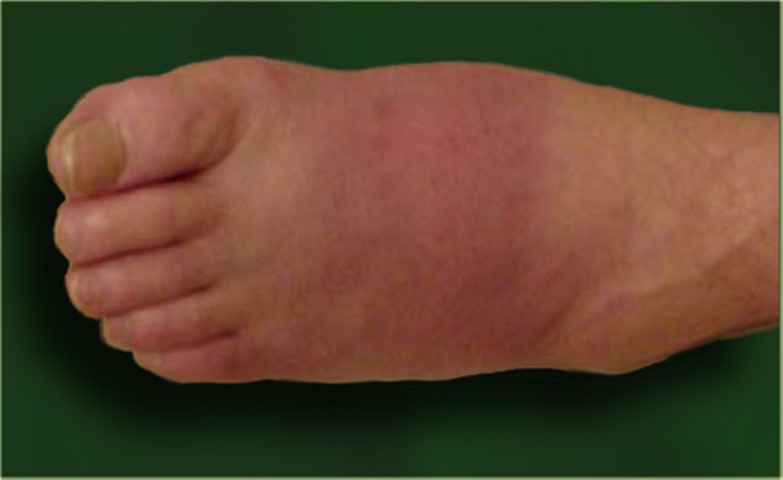
Charcot foot, also known as Charcot disease, is a condition that affects the bones and joints in the feet.
Charcot foot usually occurs as a result of diabetes or peripheral neuropathy.
Symptoms
A person with Charcot foot usually also has diabetes, as well as peripheral neuropathy.
Peripheral neuropathy is a condition that causes damage to the nervous symptom. Diabetes is a chronic condition in which the body either does not produce enough insulin or cannot use it effectively.
Causes
Diabetes is the main cause of Charcot foot. Diabetes can lead to peripheral neuropathy, which is necessary for Charcot foot to develop.
Risk factor
Diagnosis
Charcot foot may be difficult to diagnose. This is because imaging tests, such as X-rays, often do not show Charcot foot in the early stages. However, in the later stages, X-rays may help diagnose the condition.
A doctor may sometimes diagnose Charcot foot by sight after speaking with the person about their symptoms and medical history. Physician will also assess the foot for any :
A bone scan may confirm whether an infection is present and reveal its location
MANAGEMENT
The earlier a person receives treatment, the less likely it is that they will have serious complications, such as ulcers or infections.
Depending on the severity, the treatments for Charcot foot may include both surgical and nonsurgical options
Nonsurgical
People with no infections or ulcers will more than likely receive a nonsurgical treatment plan.
Nonsurgical treatment for Charcot foot involves keeping weight off the affected foot to relieve pain and inflammation and protect the foot from further damage, infection, or ulcer development.
Sometimes, a person may receive a cast or boot to protect the foot. They may also need to use a wheelchair or crutches to help keep weight off the foot for several months or more.
After the healing process, a doctor may recommend special shoes to support the foot.
Nonsurgical
People with no infections or ulcers will more than likely receive a nonsurgical treatment plan.
Nonsurgical treatment for Charcot foot involves keeping weight off the affected foot to relieve pain and inflammation and protect the foot from further damage, infection, or ulcer development.
Sometimes, a person may receive a cast or boot to protect the foot. They may also need to use a wheelchair or crutches to help keep weight off the foot for several months or more.
After the healing process, a doctor may recommend special shoes to support the foot.
Surgical
The surgical procedure that a doctor chooses will depend on each case.
A person may need surgery if their foot changes shape. The surgeon may need to rearrange the bones and joints or remove some bones so that the person can put weight on their foot again.
If the reshaping procedure does not work, it may be necessary to consider limb amputation.
Additionally, a debridement procedure may be necessary for the removal of ulcers. This surgery destroys dead skin and cleans the ulcer to prevent further infection.

